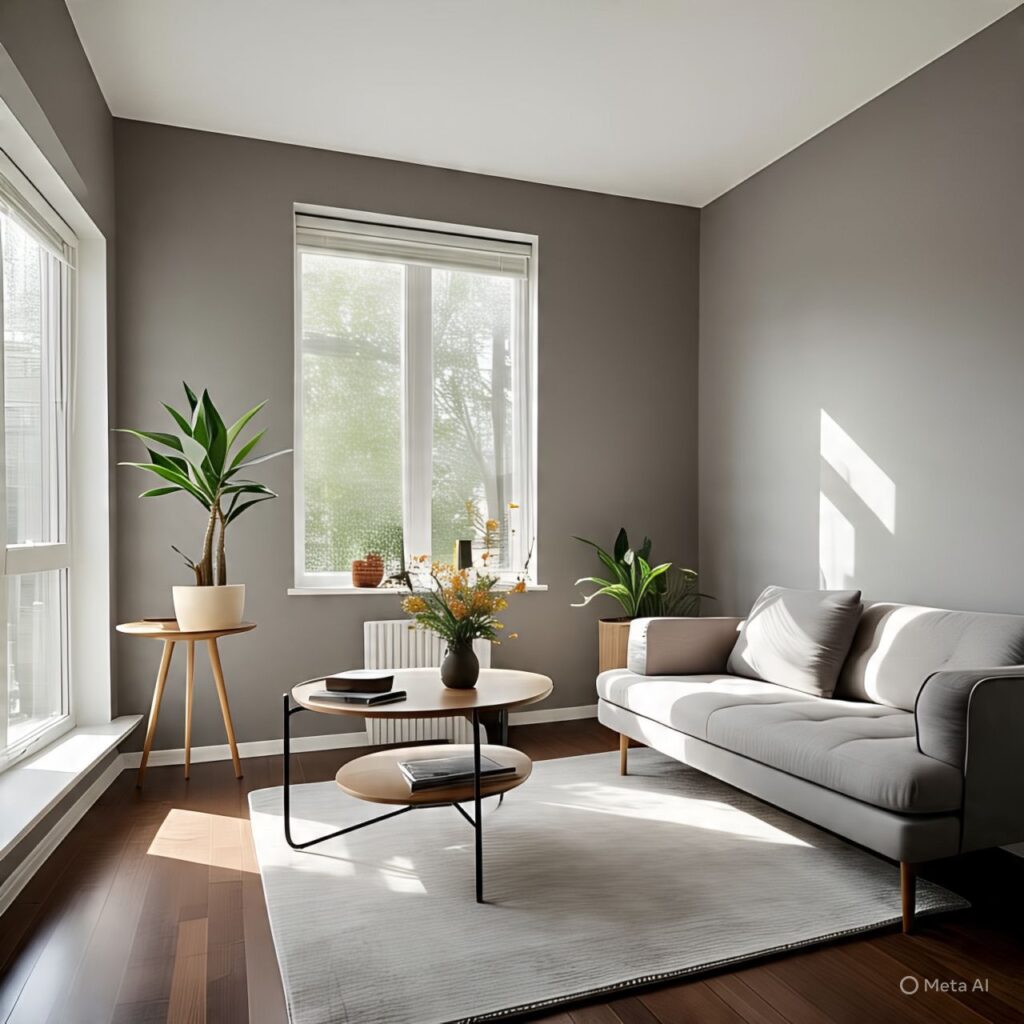In today’s world, where consumer culture dominates and advertisements constantly nudge us to buy more, adopting a minimalist lifestyle can feel like swimming upstream. However, minimalist living offers a refreshing alternative. It’s not about deprivation; it’s about intentionality—choosing to own fewer but better items, reducing clutter, and ultimately finding more satisfaction and peace. One of the most important pillars of minimalism is mindful shopping. In this post, we will explore actionable shopping tips for minimalist living to help you buy less and live more.
Understanding Minimalist Living
Minimalist living is centered around the idea of intentionality—owning only what adds value to your life. It’s about prioritizing quality over quantity and resisting the impulse to accumulate unnecessary items. The goal is to simplify your environment, which can lead to reduced stress, increased productivity, financial savings, and a clearer mind.
Before diving into shopping tips, it’s crucial to adopt a minimalist mindset:
Ask “Why?” before buying anything.
Value experiences over possessions.
Understand your personal values and let them guide your purchases.
Shopping Tips for a Minimalist Lifestyle
1. Create a List and Stick to It
A simple yet effective rule for minimalist shopping is to make a list of what you need before heading to the store (or browsing online) and commit to buying only those items. This prevents impulse purchases and keeps your buying intentional.
Pro Tip: Use a running list on your phone. If you think of something you need, add it and wait at least 48 hours. If it still seems necessary, then consider buying it.
2. Follow the “One In, One Out” Rule
To prevent clutter, implement the “one in, one out” rule: for every new item you bring into your home, let go of an old one. This strategy helps maintain a consistent inventory and encourages more thoughtful decisions.
Example: If you buy a new pair of shoes, donate or recycle an old pair.
3. Invest in Quality Over Quantity
Minimalists prefer well-made, durable items that last longer. While these might cost more upfront, they usually save money in the long run and reduce waste.
What to Look For:
-
Durable materials (e.g., solid wood, stainless steel, organic fabrics)
-
Good warranties or repairability
-
Brands known for ethical production and longevity
4. Avoid “Just in Case” Purchases
Buying items “just in case” they might be useful someday is a common trap. Minimalists avoid these purchases because they often lead to clutter and unused items.
Mindset Shift: If a need arises later, you can usually borrow, rent, or buy at that time.
5. Shop with Intention, Not Emotion
Retail therapy might offer short-term relief but often leads to regret. Be mindful of emotional triggers—boredom, stress, sadness—that push you toward unnecessary shopping.
Alternative Activities:
Go for a walk
Practice mindfulness or journaling
Engage in hobbies that don’t involve consumption
6. Declutter First, Shop Later
Before buying new items, declutter what you already have. This helps you identify gaps (if any) and prevents duplicate purchases.
Tip: You may rediscover items you forgot you had, reducing the need to buy more.
7. Set a Budget and Track Spending
Minimalists are conscious of their finances. Set monthly or quarterly budgets for non-essentials, and track your spending to stay accountable.
Use Tools Like:
Budgeting apps (e.g., YNAB, Mint)
Simple spreadsheets
Expense trackers with visual summaries
8. Buy Versatile, Multi-Purpose Items
Choose items that serve multiple functions. This applies to clothing, kitchen tools, furniture, and more.
Examples:
A neutral-toned jacket that works for casual and formal events
A blender that can also make soups, nut butters, and smoothies
A foldable table that doubles as a desk and dining space
9. Unsubscribe and Unfollow
Avoid temptation by unsubscribing from store emails and unfollowing brands on social media. These channels are designed to create urgency and desire through limited-time deals and curated images.
Bonus Tip: Use browser extensions to block shopping websites if you’re trying to curb online spending.
10. Embrace Secondhand and Borrowing
Minimalists understand the value of reusing. Consider thrift shops, consignment stores, and community sharing platforms before buying something new.
Where to Look:
Facebook Marketplace
Buy Nothing Groups
Local thrift stores
Library (for books, tools, media)
11. Ask These Questions Before Buying
Pause and ask yourself:
Do I really need this?
Will I use it often?
Does it align with my values?
Could I borrow or repurpose something instead?
Is this a temporary desire or a long-term need?
Taking time to reflect before purchasing often leads to better decisions and fewer regrets.
12. Plan Wardrobe with a Capsule Concept
A minimalist wardrobe is not about owning fewer clothes but about owning clothes you love and wear regularly. A capsule wardrobe consists of a limited number of versatile items that can be mixed and matched effortlessly.
Tips to Build One:
Stick to a color palette
Focus on timeless basics
Include a few statement pieces for variety
13. Be Mindful of Digital Purchases
Minimalism isn’t just physical. Digital clutter—apps, subscriptions, courses, ebooks—can be overwhelming. Apply the same principles to your online shopping and digital consumption.
Tips:
-
Audit subscriptions regularly
-
Delete unused apps and software
-
Avoid buying digital products just because they’re on sale
14. Celebrate the Benefits
As you embrace minimalist shopping, regularly remind yourself of the benefits:
More financial freedom
A tidy and calming home
Less stress and decision fatigue
More time for what truly matters
Let these benefits reinforce your commitment to shopping with intention.
Conclusion
Minimalist living isn’t about never buying things—it’s about making thoughtful choices that reflect your values and simplify your life. By implementing these shopping tips, you’ll begin to see that less truly is more. You’ll spend less money, reduce waste, and experience more clarity and contentment in everyday life.
Minimalist shopping takes practice and patience, but with consistency, it becomes second nature. In a world that constantly tells us to buy more, choosing to live with less is a bold act of freedom. Let every purchase be a conscious step toward a simpler, more meaningful life.




